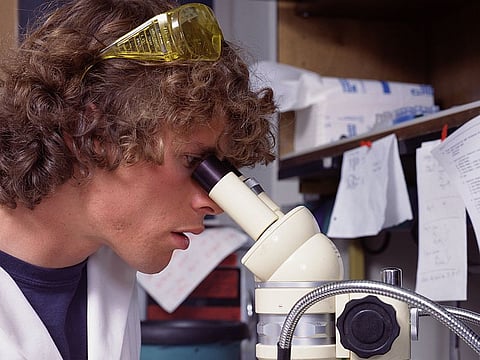TUESDAY, May 30, 2017 (HealthDay News) -- People who consistently engage in high levels of physical activity have longer telomeres than those who have sedentary lifestyles, as well as those who are moderately active, according to a study scheduled for publication in the July issue of Preventive Medicine.
Larry Tucker, Ph.D., a professor of exercise science at Brigham Young University in Provo, Utah, analyzed data from a survey of 5,823 Americans. Tucker defined "highly active" as at least 30 minutes (women) or 40 minutes (men) of jogging a day, five days a week.
Tucker found that people with consistently high levels of physical activity have significantly longer telomeres than those who are moderately active or inactive. Telomeres in adults with high levels of physical activity demonstrated 7.1 additional years of reduced cellular aging compared to those in moderately active adults. The advantage was 8.8 years compared with inactive adults.
"Overall, physical activity was significantly and meaningfully associated with telomere length in U.S. men and women," Tucker writes. "Evidently, adults who participate in high levels of physical activity tend to have longer telomeres, accounting for years of reduced cellular aging compared to their more sedentary counterparts."
Abstract/Full Text (subscription or payment may be required)


